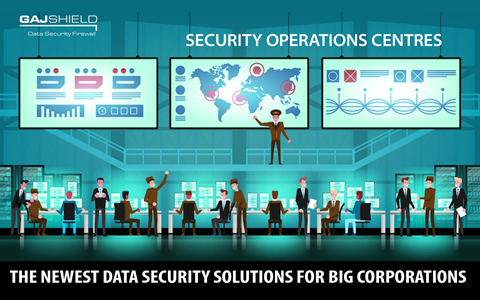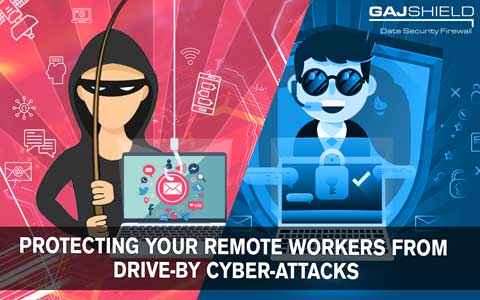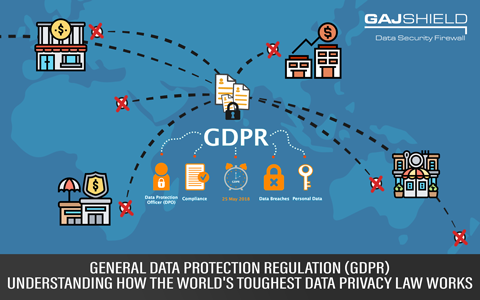
An endpoint refers to all the devices connected to a data network. From an organisation’s point of view, endpoints are all the devices that, at any given point of time, use the organisational resources from its network and its virtual databases. During the ongoing COVID-19 pandemic, the concept of employees working from home has been implemented in nearly every organisation.

Security Operations Centers (SOCs) are modern cybersecurity solutions for real-time data and network protection of organisations. SOCs operate in a facility outside an organisation to provide their service to them. SOCs contain a team of data analysts, engineers, and other cybersecurity professionals to detect, evaluate, and respond to digital threats in organisational data networks.

A 'drive-by’ attack, also known as 'drive-by download', is a cyber social threat that cybercriminals generate to surreptitiously sneak into your organisation’s data networks or to unload harmful viruses or malware in your systems. Drive-by attack victims are initially lured into visiting infected websites through hidden links,

The General Data Protection Regulation (GDPR) is a set of data privacy and protection laws implemented across all the countries in the European Union (EU) since May 2018. GDPR was designed to address data privacy concerns related to personal data transfer within the EU and the European Economic Area (EEA).
Get In Touch With Us
Subscribe to our Newsletter
2025 © GajShield Infotech (I) Pvt. Ltd. All rights reserved.
